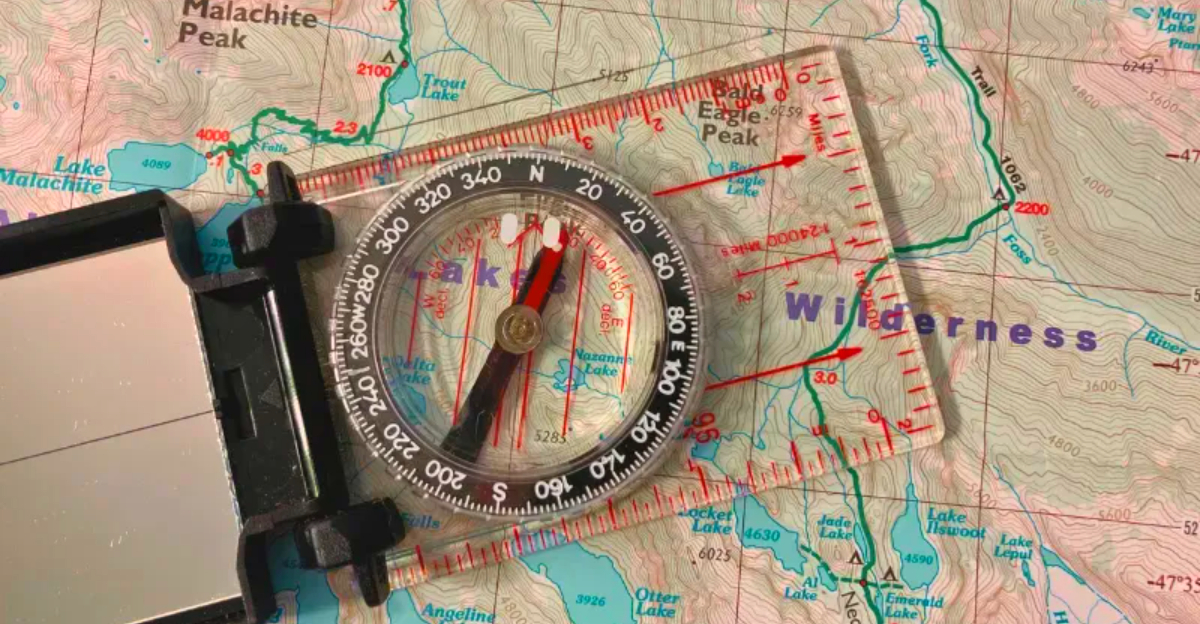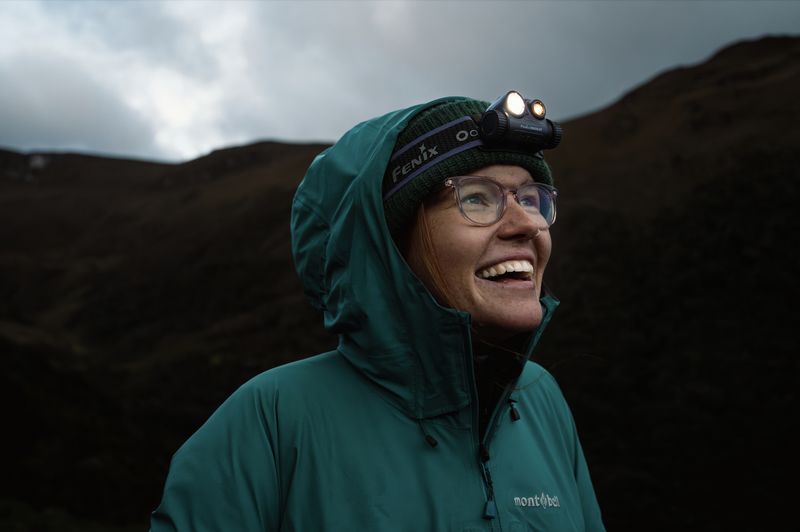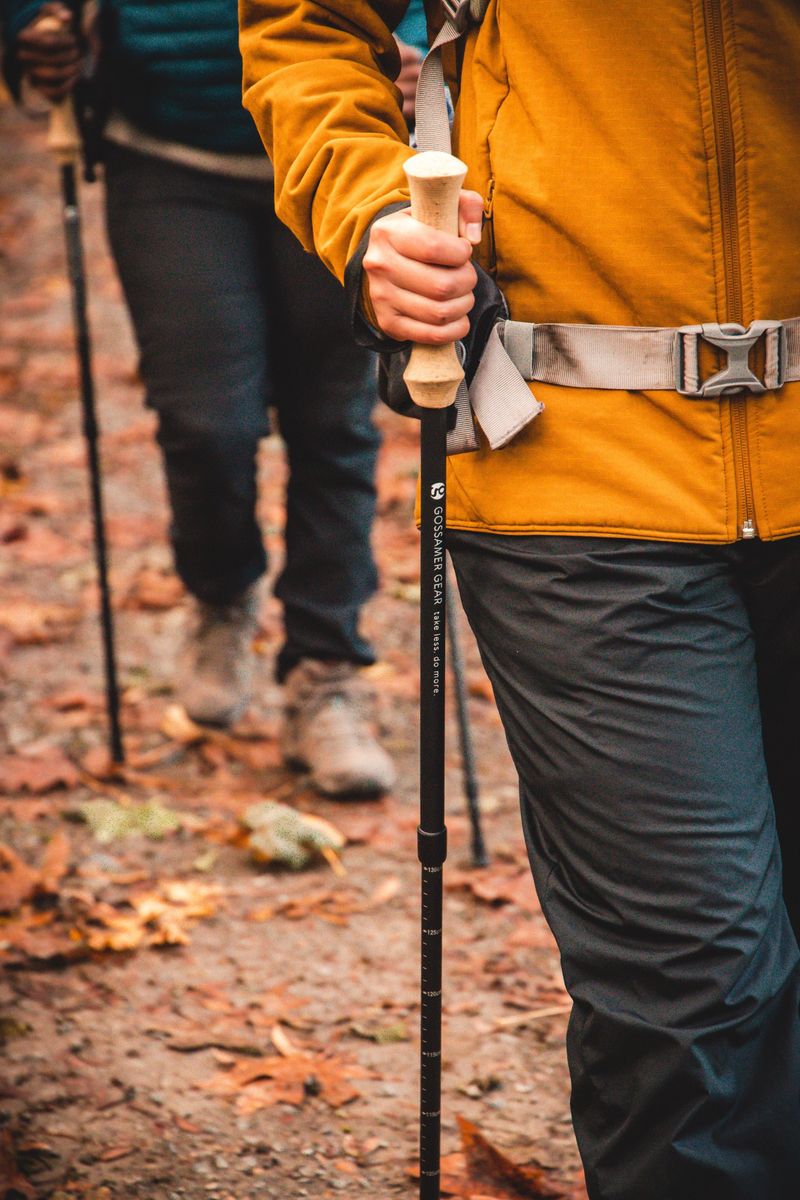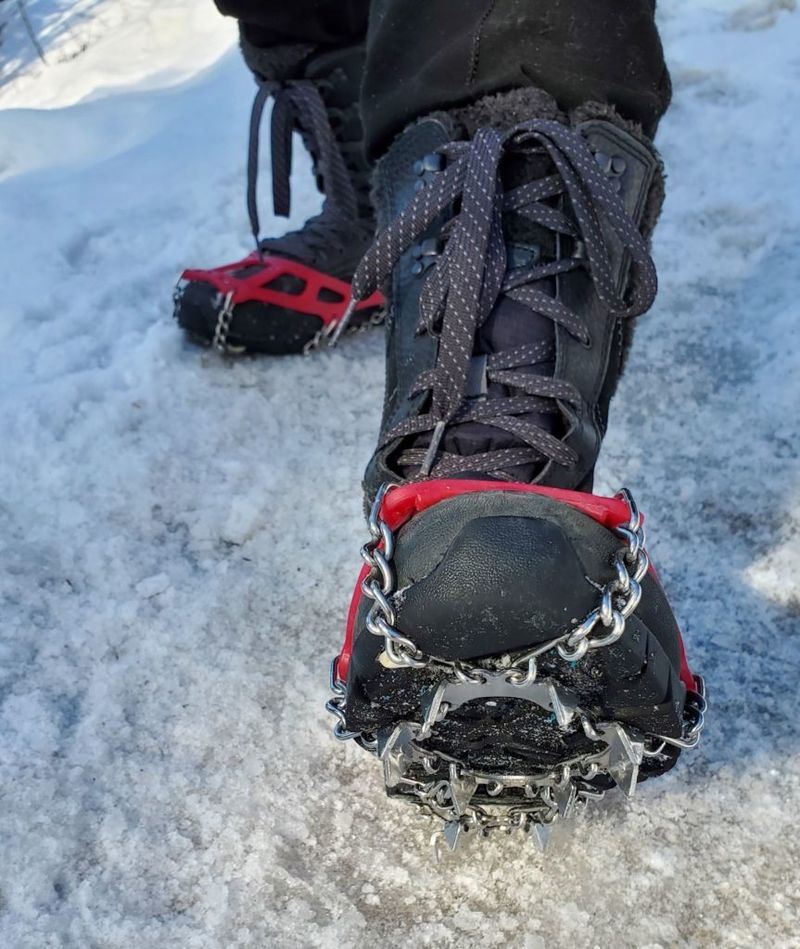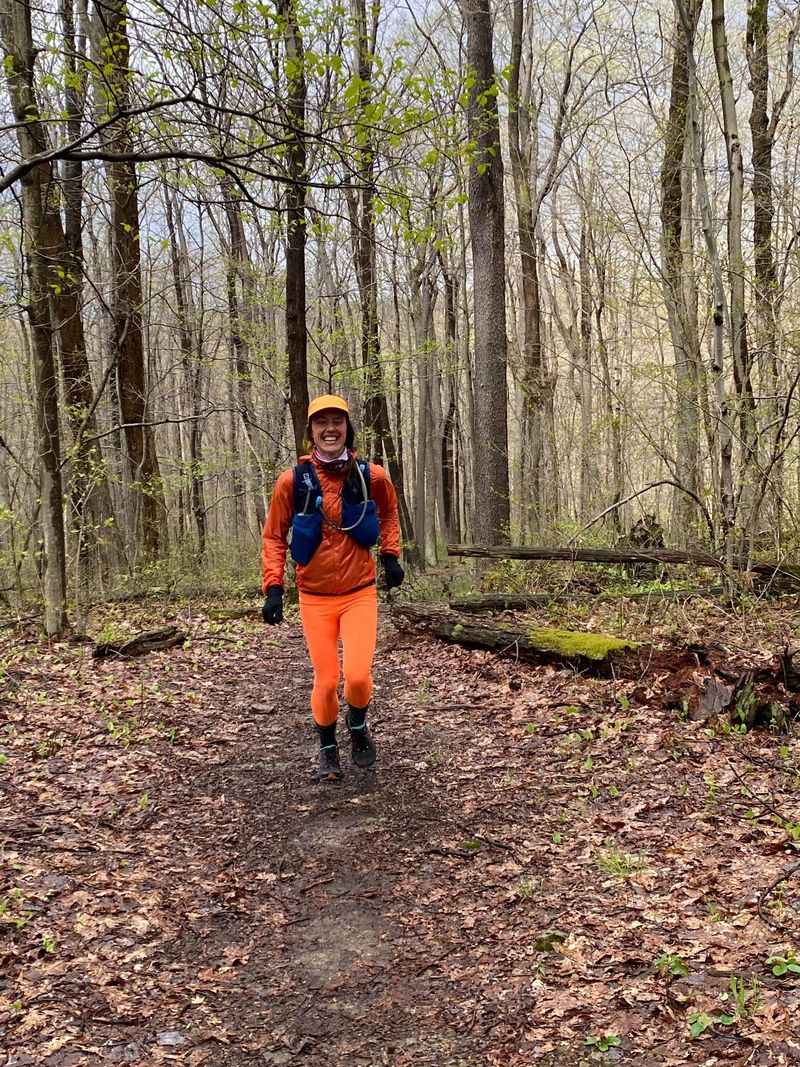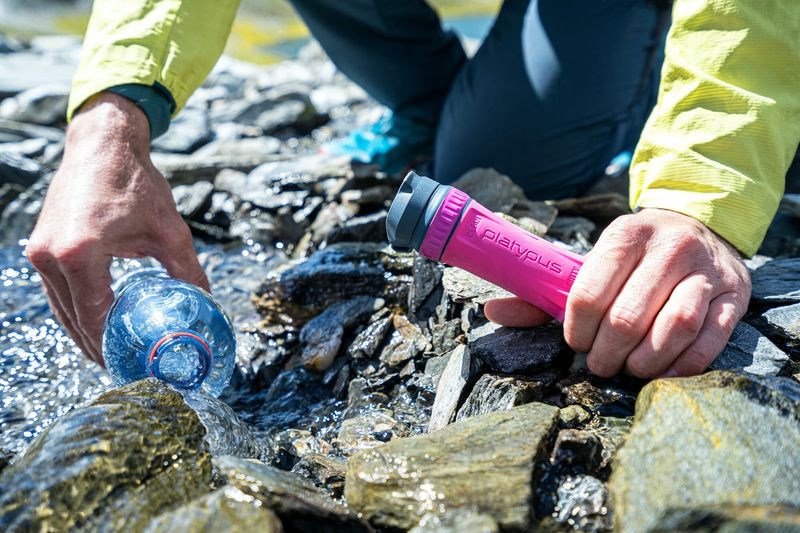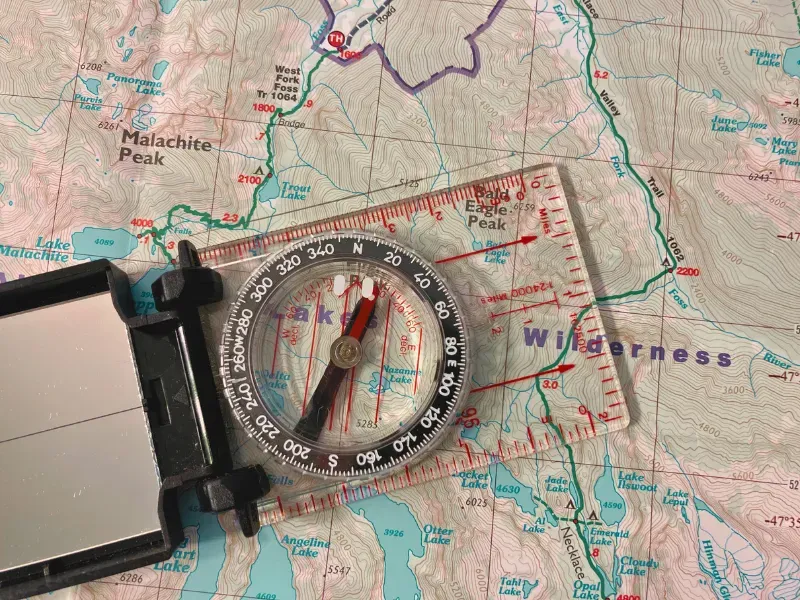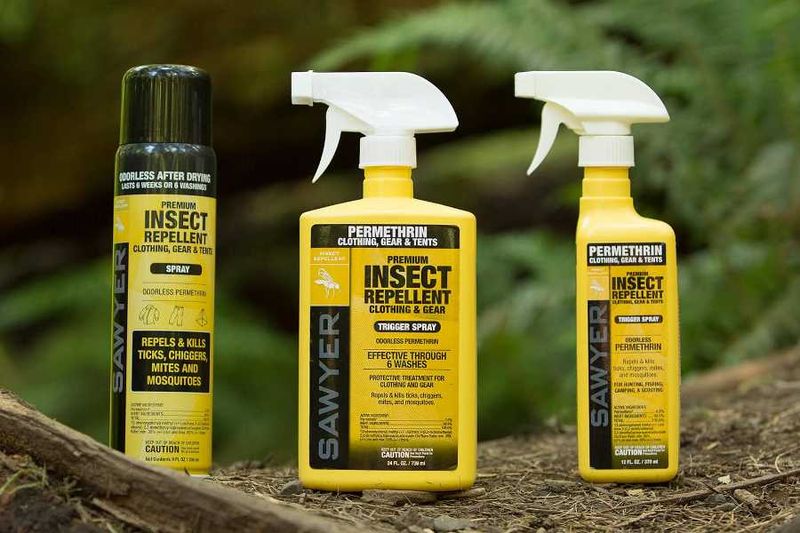As leaves begin to transform into brilliant hues of red and gold, autumn hiking season arrives with its own special challenges. Shorter days, unpredictable weather, and temperature swings make fall trails both magical and demanding. Preparing for these conditions isn’t just about comfort—it’s about safety too. Here are seven essential accessories that deserve a spot in your backpack before you hit those gorgeous autumn trails.
1. Headlamp (with solid lumens & runtime)
Don’t get caught in the dark! Autumn’s shorter daylight hours can sneak up on even experienced hikers. A reliable headlamp with 300-500 lumens provides plenty of illumination for most trails without draining batteries too quickly.
Look beyond raw brightness when selecting your light. Beam distance, battery life, and comfort against your forehead matter just as much when you’re navigating leaf-covered paths as dusk falls. Many newer models offer rechargeable options and multiple lighting modes for different situations.
Remember to test your headlamp before each hike and pack spare batteries—cold weather can reduce battery performance significantly.
2. Trekking Poles
Your knees will thank you for bringing trekking poles on autumn adventures. Wet leaves create surprisingly slippery surfaces, especially on descents, turning familiar trails into potential hazards. These lightweight companions distribute impact across your upper body, reducing strain on joints by up to 25%.
Adjustable poles work best for varied terrain—extend them for downhill sections and shorten for climbs. The satisfying click-click rhythm becomes a hiking meditation of sorts, establishing a steady pace through colorful woodland corridors.
Rubber tips provide better grip on rocks, while carbide tips dig into softer surfaces for stability on muddy autumn trails.
3. Microspikes / Light Traction
Morning frost creates invisible ice patches that catch hikers off guard. Microspikes—those toothy wonders that strap over your boots—provide instant confidence on slick surfaces without the bulk of full crampons.
They weigh just 11-14 ounces yet transform your traction completely. Picture tiny metal teeth biting into surfaces that would otherwise send you sliding. Early season snow, icy stream crossings, and frost-covered rocks become manageable challenges rather than trail-ending obstacles.
Stash these game-changers in an accessible pocket of your pack—you’ll want them quickly when conditions suddenly change from merely wet to treacherously icy.
4. Blaze-Orange or Hi-Vis Layer (Hunting-Season Safety)
Autumn’s spectacular colors bring hunters to the woods alongside hikers. A blaze-orange hat, vest, or pack cover makes you unmistakably human from all angles—a critical safety measure during hunting seasons.
Some public lands actually require fluorescent orange during specific dates. The bright color stands out dramatically against fall foliage, making you visible at distances where normal clothing blends into the landscape. Even dogs benefit from orange vests during these seasons.
Before heading out, research local hunting regulations for your destination. This simple precaution costs little, weighs almost nothing, and could literally save your life on shared-use lands.
5. Water Treatment (Filter/Purifier)
Crystal-clear autumn streams might look pristine but often harbor invisible threats. Fall rains wash all sorts of pathogens into seemingly clean water sources. The safest approach combines filtration (removing bacteria and protozoa) with purification methods that tackle viruses too small for most filters.
Lightweight options include squeeze filters, gravity systems, and UV purifiers. Each has advantages depending on your hiking style and group size. For solo hikers, a straw-style filter provides emergency backup with minimal weight penalty.
Cold weather makes drinking enough water challenging, but proper hydration remains crucial even when temperatures drop.
6. Navigation Backup (Map + Compass—Not Just a Phone)
Fallen leaves can obscure trail markers exactly when your phone battery decides to die in the cold. Smart hikers carry a waterproof paper map and baseplate compass as fail-safe navigation tools that never need charging.
Learning basic compass skills takes just an afternoon but provides lifetime confidence in the backcountry. Identify key landmarks, understand contour lines, and practice taking bearings before depending on these skills in low visibility or unexpected conditions.
Store these analog lifesavers in a waterproof case alongside your digital devices. The National Park Service includes navigation backup in their “Ten Essentials” list for good reason—technology fails, but map skills endure.
7. Tick Protection (Repellent & Permethrin-Treated Clothing)
Contrary to popular belief, ticks remain active well into autumn, especially during mild spells between frosts. These tiny hitchhikers hide among fallen leaves—precisely where hikers walk and rest.
EPA-registered repellents containing DEET, picaridin, or oil of lemon eucalyptus create your first defense line. For maximum protection, pair this with permethrin-treated clothing. This odorless insecticide bonds to fabric fibers and remains effective through multiple washings, actively repelling or killing ticks on contact.
After every hike, perform thorough tick checks—pay special attention to warm areas like behind knees, waistbands, and hairlines where these persistent pests prefer to attach.
